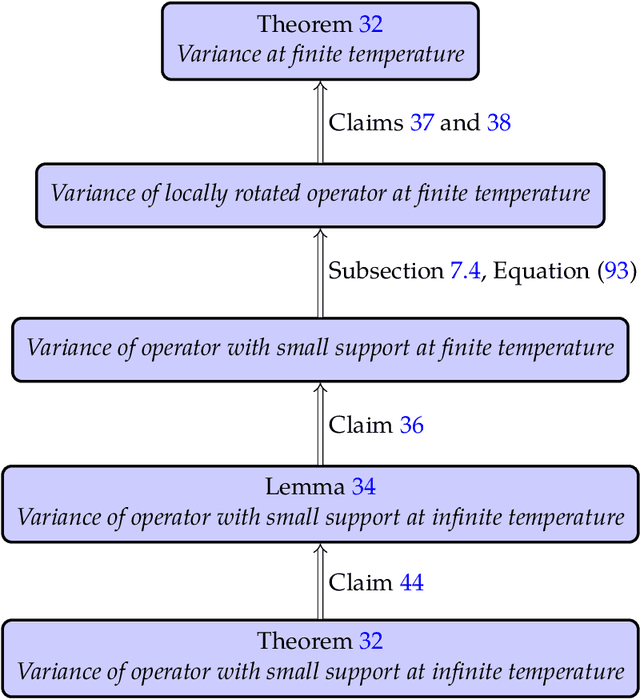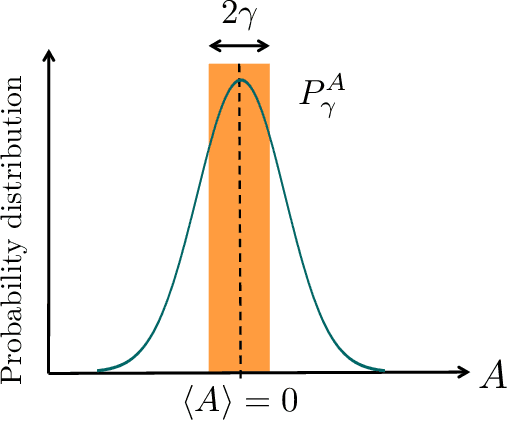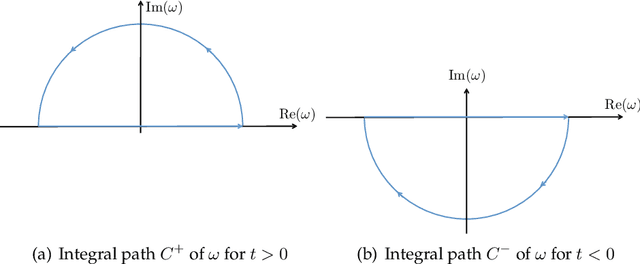Anurag Anshu
Learning shallow quantum circuits
Jan 18, 2024



Abstract:Despite fundamental interests in learning quantum circuits, the existence of a computationally efficient algorithm for learning shallow quantum circuits remains an open question. Because shallow quantum circuits can generate distributions that are classically hard to sample from, existing learning algorithms do not apply. In this work, we present a polynomial-time classical algorithm for learning the description of any unknown $n$-qubit shallow quantum circuit $U$ (with arbitrary unknown architecture) within a small diamond distance using single-qubit measurement data on the output states of $U$. We also provide a polynomial-time classical algorithm for learning the description of any unknown $n$-qubit state $\lvert \psi \rangle = U \lvert 0^n \rangle$ prepared by a shallow quantum circuit $U$ (on a 2D lattice) within a small trace distance using single-qubit measurements on copies of $\lvert \psi \rangle$. Our approach uses a quantum circuit representation based on local inversions and a technique to combine these inversions. This circuit representation yields an optimization landscape that can be efficiently navigated and enables efficient learning of quantum circuits that are classically hard to simulate.
A survey on the complexity of learning quantum states
May 31, 2023Abstract:We survey various recent results that rigorously study the complexity of learning quantum states. These include progress on quantum tomography, learning physical quantum states, alternate learning models to tomography and learning classical functions encoded as quantum states. We highlight how these results are paving the way for a highly successful theory with a range of exciting open questions. To this end, we distill 25 open questions from these results.
Sample-efficient learning of quantum many-body systems
Apr 15, 2020


Abstract:We study the problem of learning the Hamiltonian of a quantum many-body system given samples from its Gibbs (thermal) state. The classical analog of this problem, known as learning graphical models or Boltzmann machines, is a well-studied question in machine learning and statistics. In this work, we give the first sample-efficient algorithm for the quantum Hamiltonian learning problem. In particular, we prove that polynomially many samples in the number of particles (qudits) are necessary and sufficient for learning the parameters of a spatially local Hamiltonian in l_2-norm. Our main contribution is in establishing the strong convexity of the log-partition function of quantum many-body systems, which along with the maximum entropy estimation yields our sample-efficient algorithm. Classically, the strong convexity for partition functions follows from the Markov property of Gibbs distributions. This is, however, known to be violated in its exact form in the quantum case. We introduce several new ideas to obtain an unconditional result that avoids relying on the Markov property of quantum systems, at the cost of a slightly weaker bound. In particular, we prove a lower bound on the variance of quasi-local operators with respect to the Gibbs state, which might be of independent interest. Our work paves the way toward a more rigorous application of machine learning techniques to quantum many-body problems.
 Add to Chrome
Add to Chrome Add to Firefox
Add to Firefox Add to Edge
Add to Edge